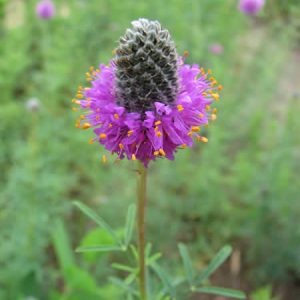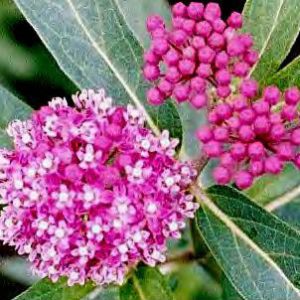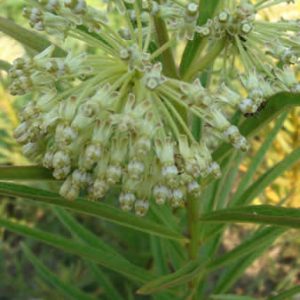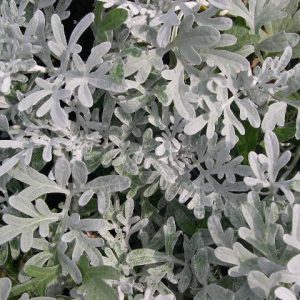Additional information
| Weight | 1 lbs |
|---|---|
| Dimensions | 4 × 4 × 4 in |
| Height | |
| Blooms | |
| Color | |
| Moisture | |
| Light |
$12.00
Host Plant – Red Admiral, Eastern Comma, Question Mark Preferring wet-mesic and semi-shady sites, Boehmeria cylindrica lacks the stinging hairs of some of its nettle cousins. Stringy heads of tiny yellow-green flowers form between leaf stems in summer. Moths and butterflies are attracted to this modest plant.
Out of stock
| Weight | 1 lbs |
|---|---|
| Dimensions | 4 × 4 × 4 in |
| Height | |
| Blooms | |
| Color | |
| Moisture | |
| Light |

Host Plant – Sulphurs
Tiny rose-purple flowers in cylindrical, head-like masses at ends of upright wiry stems.
This is one of the most widespread of the perennial Prairie Clovers, identifiable by their cone-like flower heads. An excellent range species, with high protein content, Purple Prairie Clover decreases in abundance with overgrazing. A midwestern white-flowering species, White Prairie Clover has elongated flower heads and is only 2 (60 cm) tall. A white-flowering southeastern coastal plain species, D. carnea var. albida, has conspicuous green bracts within the heads.

‘Cinderella’ is a cultivar of native Asclepias incarnata (Swamp Milkweed) featuring pale pink, vanilla scented flower clusters. This milkweed occurs throughout most of the United States. It is a tall plant found in moist habitats such as wet meadows, floodplains, riverbanks, pond shores, stream banks, wet woods, swamps, and marshes, although it will also grow in drier areas such as prairies, fields, and roadsides. Swamp milkweed needs full sun or partial shade to flourish. Flowers are very attractive to butterflies and bees as a nectar source. Swamp milkweed is also an important food source for the larval stage of Monarch butterflies.The plants are deer resistant and heat tolerant.

Asclepias hirtella Tall Green Milkweed is a Michigan native although it is considered threatened in the state. Tall Green Milkweed is found throughout the Tallgrass Prairie region in open areas, usually in prairies or remnants of prairies and throughout the midwest. Though not as well known as other varieties of milkweed, Tall Green Milkweed distinguishes itself with abundant clusters of green-white flowers that attract many butterflies and bees.
Other Common Names in use include Green Milkweed.
Available May 2017

Spicebush is a deciduous shrub with a broad, rounded habit which typically grows 6-12′ (less frequently to 15′) high in moist locations in bottomlands, woods, ravines, valleys and along streams. Clusters of tiny, apetulous, aromatic, greenish-yellow flowers bloom along the branches in early spring before the foliage emerges. Dioecious (male and female flowers on separate plants), with the male flowers being larger and showier than the female ones. Flowers of female plants give way to bright red drupes (to 1/2″ long) which mature in fall and are attractive to birds. Female plants need a male pollinator in order to set fruit, however. Drupes are very attractive, but are largely hidden by the foliage until the leaves drop. Thick, oblong-obovate, light green leaves (to 5″ long) turn an attractive yellow in autumn. Leaves are aromatic when crushed. The larva (caterpillar) of the spicebush swallowtail butterfly feeds on the leaves of this shrub.Lindera is named for the Swedish botanist, Johann Lindler.

Host Plant – Silver Spotted Skipper
This is a lovely, and very long lived shrub of the prairie. The deep purple flower spikes rise above the silver-gray foliage to create a striking bloom display in June. The very deep taproot allows this plant to be very drought tolerant. Butterflies are attracted.
Available May – Mid May

Host Plant – Eastern Tailed Blue / Spring Azure / Summer Azure
A deciduous shrub that grows just 3′ tall, the dried leaves of New Jersey Tea make a flavorful tea that was popular during the Revolutionary War. This extremely adaptable species can withstand inhospitable conditions because of massive, deep roots.
The white flower poms are attractive to butterflies, hummingbirds and pollinators.
New Jersey Tea is excellent as a shrub border and a is a fabulous addition for native plant gardens. It is also effective as a shrubby ground cover for hard-to-grow areas such as dry rocky slopes and banks. Easily grown in average, dry to medium, well-drained soils in full sun to part shade. Best in sandy loams or rocky soils with good drainage. Thick, woody, red roots go deep and help plant withstand droughty conditions, but make established shrubs difficult to transplant.
Grown in one quart pot with approximately 6” of top growth.
Plants grown without harmful pesticides and are safe for butterfly gardens.

Host Plant – American Lady
Features to Note:
General Information:
Artemisia are prized for their aromatic silver leaves, excellent texture and vigorous growth. This perennial does not flower conspicuously but are used for their contrasting foliage. Also excellent in flower arrangements.

Aquatic Milkweed is a petite white milkweed suitable for wet soils. It survives in water and will grow in light-sandy and medium-loamy soils. Native to stream sides it is generally most common in lightly shaded woodlands near streams. This little milkweed is a great performer, being shade tolerant and flowering spring through autumn.
Available to ship mid-late June.
Our 2024 plant list will be available in mid-Febrary 2024. Orders will begin to ship in May - June 2024 Dismiss
